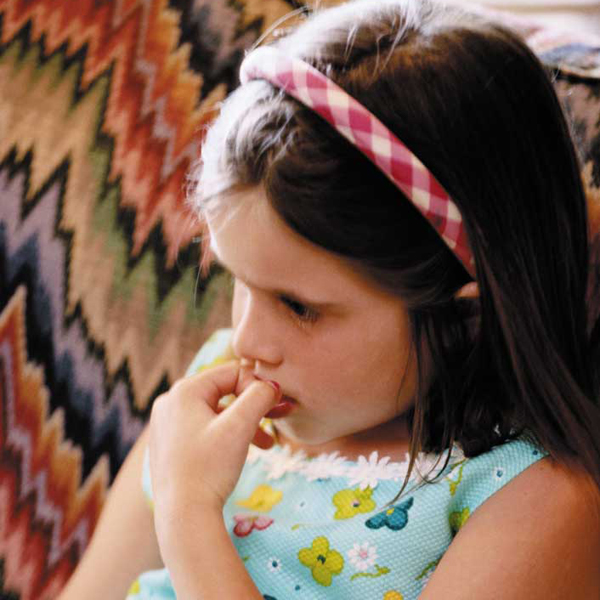We’ve all observed the “difficult” child: the one who throws a tantrum in the grocery store, who bites a playmate, who wakes with night terrors. But a watchful parent can often tell the difference between a child who is having a bad day and one with a more serious problem.
In the past two decades, science has been able to define a host of brain disorders that can affect youngsters, including reactive attachment disorder (RAD). However, it is still the exceptional parent — or doctor — who will suspect that a difficult child’s real problem may be bipolar disorder (also known as manic depression).
Bipolar disorder is a serious but treatable illness, characterized by extreme changes in mood, energy, and behavior. Although there are no studies that reveal how common it is in children, experts agree that it appears in at least 1 to 1.6 % of the adult population. Many of these adults report that symptoms began in childhood.
How Bipolar Affects Kids
Bipolar disorder looks different in children than it does in adults. Kids usually have an ongoing, continuous mood disturbance that is a mix of mania (extreme elation or agitation accompanied by high energy) and depression (extreme sadness or irritability accompanied by low energy).
Other symptoms may include: explosive, lengthy, and often destructive rages; separation anxiety; hyperactivity, agitation, and distractibility; sleeping too little or too much; bed wetting and night terrors; impaired judgment, impulsivity, racing thoughts, and pressure to keep talking; defiance of authority and daredevil behaviors; inappropriate or precocious sexual behavior; delusions and hallucinations.
Healthy children often have moments of difficulty staying still, controlling their impulses, or dealing with frustration. Because there are no standard diagnostic criteria for children to date, the illness can be difficult to recognize.
If you are concerned, have your child evaluated by a child psychiatrist who is familiar with early-onset bipolar disorder. Take daily notes of your child’s mood, behavior, sleep patterns, unusual events, and statements that trouble you. Because bipolar disorder is genetic, doctors will want a family history, which you may or may not be able to provide.
Even when a child’s behavior is unquestionably suspect, making a correct diagnosis is still difficult because other disorders can mask — or sometimes occur along with — bipolar. Your child’s adopted status may invite a diagnosis of RAD, which is characterized by severely disturbed and developmentally inappropriate social behavior, beginning before age five.
RAD is usually associated with neglectful or abusive care, and it appears to be very uncommon. Some parents report that their children were first given a diagnosis of RAD before bipolar disorder was diagnosed and successfully treated. If your child is diagnosed with RAD, seek a second opinion from a doctor who is knowledgeable about early-onset bipolar disorder.
Children with bipolar disorder are often bright and creative. Early intervention and treatment offer the best chance to regain wellness and enjoy childhood.



